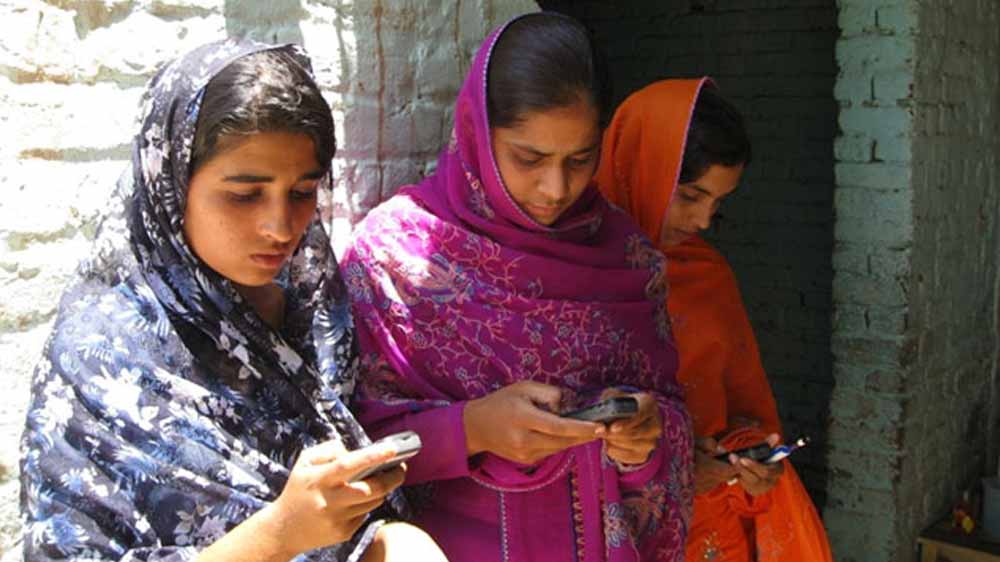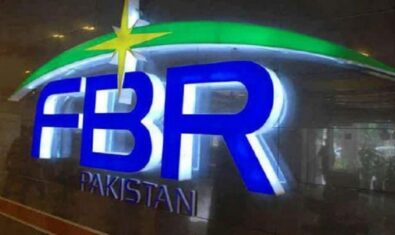Pakistan is among the list of seven countries that, in economic terms, constitutes half of the unbanked population around the world. By itself, Pakistan constitutes about 6% of the total global population with no access to financial services, according to the World Bank report.
To put it in perspective, Pakistan’s unbanked population is greater than that of Bangladesh, Mexico and Nigeria, with their share being 3%, 3% and 4% respectively. Pakistan and Indonesia both contribute 6% each to this figure.
Still a Long Way to Go
A lot of progress has been made over the past few years towards extending financial access to everyone. The number of adults who possess no bank account has fallen to 1.7 billion, according to the World Bank report.
Globally, 1.7 billion adults (aged 15 and above) don’t have a bank account.
China and India, despite having a relatively high number of people with bank accounts, are two more countries with a huge unbanked population. Home to 225 million adults without an account, China has the world’s largest unbanked population, followed by India (190 million), Pakistan (100 million), and Indonesia (95 million). Indeed, these four economies, together with three others — Nigeria, Mexico, and Bangladesh — are home to nearly half the world’s unbanked population.
In 2016, the share of Pakistan stood at 5 percent, comprising of adults who don’t have access to formal and regulated financial services.
The State Of Pakistan’s Banked Population
According to a survey by Gallup, nearly 16% of Pakistanis have access to a formal financial service in Pakistan. Among them, 9% said that they have access to conventional banks whereas branchless banking was being availed by 7% of the respondents.
Besides a low rate of account ownership compared with other economies in the region, about 13% of the Pakistan’s banked population have inactive bank accounts. In Afghanistan, Nepal, and Sri Lanka about a third of account owners have an inactive account, while in Bangladesh 21% of them hold an inactive bank account.
Pakistan is among the few developing economies where savings were most commonly cited as the main source of funds — reported by 20 percent of adults. But among this group, only about 1 in 10 reported having saved at a financial institution in the past year, while the rest saved in informal ways. It was also observed that 1/5th of the account owners used semi-formal (not formal) saving methods in Pakistan.
Pakistan is among those economies which, despite securing gains in account ownership, missed out on opportunities for greater progress because women were not targeted sufficiently. For example, account ownership has doubled since 2011, though it started from a low base of 10 percent. But while it surged among men, it stagnated among women, the report quoted.
Not surprisingly, 10 percent of unbanked adults have both a mobile phone and access to the internet in some form — whether through a smartphone, a home computer, an internet café, or some other method. However, many people in this group still don’t have access to financial services and their benefits.
One of the major reasons behind the low growth in unbanked population is due to the lack of awareness and education, according to a report by Findex Database.
Globally, 62 percent of the unbanked population possess some manner of a primary-school level education or less, compared with about half of adults overall in developing economies. This share is even higher in some economies, such as Ethiopia, where 92 percent of unbanked adults have a primary school education or less — as well as Tanzania (86 percent) and Pakistan (75 percent). Worldwide, only 38 percent of the unbanked have completed their high school or post-secondary education.
The religious factor also plays a crucial role in this scenario, with a majority of Pakistanis not opting for bank accounts.
Financial Inclusion On The Rise Globally
However, financial inclusion is on the rise globally. The 2017 Global Findex database shows that 1.2 billion adults have obtained an account since 2011, including 515 million since 2014.
Between 2014 and 2017, the share of adults who have an account with a financial institution or through a mobile money service, rose globally from 62 percent to 69 percent. In developing economies, the share rose from 54 percent to 63 percent. Yet, women in developing economies remain at 9 percentage points, making them less likely than men to have a bank account.
With access to a financial account, people no longer need to rely on and transact solely in cash, or use their mattresses as savings cabinets. Financial access connects people into the formal financial system, making day-to-day living easier and allowing them to build assets, mitigate shocks related to emergencies, illness, or injury, and make productive investments.
With the number of bank accounts in Pakistan on track to reach 50 million this year, it is hoped that the public’s access to financial services will increase gradually as well. To accomplish this, banking regulators and financial institutions need to play an active role.
In 2017, State Bank of Pakistan (SBP) developed the National Financial Inclusion Strategy in an effort to enhance the outreach of basic financial services to the underserved segments of the society. It aims to target 50% growth in bank accounts of the adult population by 2020.






















Pakistan is probably the only country in the world where all bank related documents are in a language the vast majority don’t speak. Deposit slips, cheque books, bank statements etc. are all in English and not in Urdu.
Not only that….banks and Gov. made it so difficult to open an account for a common man….baboos are the biggest problems